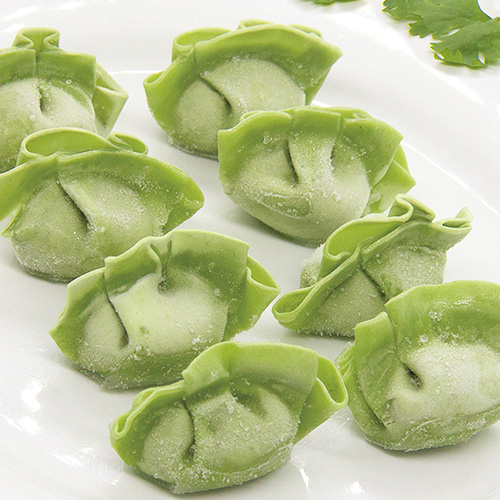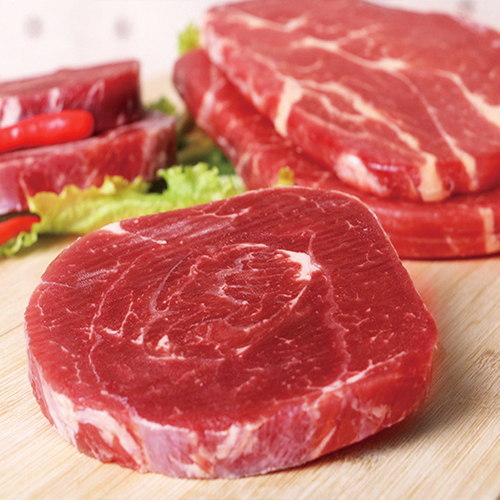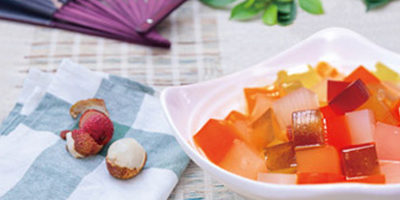Sodium alginate is a white crystal with a similar appearance and odour to sugar. In the food industry, sodium alginate has stabilising, hydrating, thickening and emulsifying properties. In the pharmaceutical industry it is used as dental impression material, ointments, tablets and their preparations and hemostatic agents. In agriculture, sodium alginate is used as a seed treatment, insecticide and antiviral material. It is also used in resin coatings, rubber pastes, and water treatment.
Algin is a natural polysaccharide derived from brown algae. It is a linear polymer of β-D-mannouronic acid and α-L-guluronic acid, containing: Sodium alginate, potassium alginate, calcium alginate, magnesium alginate, ammonium alginate, algin acid, propylene glycol alginate, widely used in industrial (printing paste, welding rod) food (meat products, dairy products, bakery products, flour products, popping boba, pet food,water treatment, jellyfish ) , medicine (anti-reflux stomach medicine, dental impression materials) and cosmetic (mask powder) . It has the properties of thickening, stabilizing and gelling, and is used in the production of jelly, ice cream and other foods, as well as as an adjuvant for medicine.
Alginate absorbs water quickly, which allows it to be used as an additive in weight-loss products (e.g., diet aids) and in the manufacture of paper and textiles. It is also used in waterproof and fireproof fabrics, as a gelling agent, and for thickening beverages, ice cream and cosmetics.
Alginate is used in various pharmaceutical preparations such as Gaviscon, Bisodol and Asilone. alginate is widely used as an impression-making material in dentistry, prosthetics, life casting, and occasionally in small-scale casting for positive effects. It is also used in the food industry for thickening soups and jellies.
Calcium alginate is used in different types of medical products, including burn dressings that promote healing and can be removed with less pain than conventional dressings.
In addition, alginate is widely used for cell fixation and encapsulation due to its biocompatibility and simple gelation with divalent cations such as Ca 2+.
Alginate (alginato) is also used in the culinary field, most notably in FerranAdrià's Sphereification technology.
Thanks to its ability to absorb water quickly, alginate can be changed through the freeze-drying process into new structures with the ability to swell. It is used as an appetite suppressant in the weight loss industry.
| ITEMS | Specifications |
|---|---|
| Appearance | white or yellowish granular or powder |
| Viscosity (1% solution) | 300 -500 mpa.s |
| Assay(on dry basis) | 98.0% min |
| Loss on drying(105oC, 2hr) | 15% max |
| PH | 6.0 - 7.5 |
| Heavy metals(as Pb) | 0.004% max |
| Lead(Pb) | 0.001% max |
| Arsenic(As) | 0.0003% max |
| Ash | 18 - 24% |
| Particle size | 40 mesh: 100% pass |
| Total plate count | 2000/g max |
| Yeasts and moulds | 100/g max |
| Pathogens germs | absence |
| S. aureus | Negative |
| Pseudomonas aeruginosa | Negative |
| Salmonella sp. | Negative |
| C. perfringens | Negative |
Food Additives



Meat products, dairy products, beverages, frozen foods, pasta products, bakery products, sauces and dressings
Gel products

Bionic food shaping, jelly moulding
Printing pastes

Activated printing, dispersion printing, digital printing
Medical excipients

Retarders, adhesives, suspending agents, thickeners, microencapsulation materials, film-forming materials, dental impression materials
Cosmetic water retention

Can be used for cosmetic moisturising, water locking
Please leave a message if you have any questions, we will contact you as soon as possible!